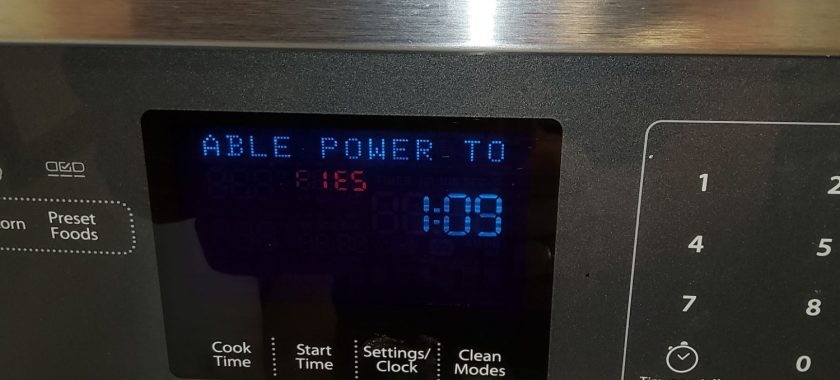Microwaves are one of the most convenient appliances in any modern kitchen. From reheating leftovers to defrosting frozen meals, they save time and effort on a daily basis. However, one of the most common and frustrating issues microwave owners encounter is when the unit turns on, the lights and fan run, but the food remains cold. If your microwave isn’t heating despite operating normally otherwise, the likely culprits are either a faulty magnetron or a defective high-voltage diode. Understanding how these components work and why they fail can help you identify the problem and take the right steps toward repair.
The Role of the Magnetron
The magnetron is the heart of your microwave oven. It is the component responsible for generating the microwave radiation that heats and cooks food. The magnetron converts high-voltage electrical energy into microwave energy, which excites water molecules in your food, producing heat.
When the magnetron fails, your microwave may still appear functional—lights will come on, the turntable may spin, and the fan may run—but no heat will be produced. In most cases, a broken magnetron cannot be repaired and must be replaced. Attempting to use the microwave with a defective magnetron is unsafe and ineffective, so it’s best to stop using the appliance until it has been serviced.
Signs of a Faulty Magnetron
- Microwave turns on but does not heat food.
- A buzzing or unusual noise is heard when trying to cook.
- Burning smell or visible scorch marks inside the microwave.
The Role of the High-Voltage Diode
The high-voltage diode works in conjunction with the capacitor to convert the AC power supply into the DC power needed to operate the magnetron. Essentially, it allows electricity to flow in one direction and boosts the voltage to power the magnetron.
If the high-voltage diode fails, the magnetron will not receive the energy it needs to produce microwaves, resulting in the same problem—lights and fan run, but no heating occurs. Unlike the magnetron, a diode is a smaller and less costly component to replace, but it is still crucial to proper microwave operation.
Signs of a Defective High-Voltage Diode
- Microwave operates but does not heat food.
- Humming or clicking noises while the appliance is running.
- A noticeable burning smell during use.
Other Possible Causes
Although the magnetron and high-voltage diode are the most common causes of a microwave not heating, there are a few other issues that can contribute to the problem:
- Faulty capacitor: The capacitor stores electricity for the magnetron, and if it fails, the microwave won’t heat.
- Door switch problems: If the door switch is defective, the microwave may run without actually engaging the heating process.
- Control board issues: A malfunctioning control board can disrupt communication between the internal components.
Why Professional Repair Is Essential
Microwave ovens operate on very high voltage, even when unplugged, because capacitors can retain dangerous amounts of electricity. This makes them hazardous to repair without the proper knowledge and equipment. Attempting a DIY repair can not only damage the appliance further but also put you at serious risk of electrical shock.
A trained technician can quickly diagnose whether the problem lies with the magnetron, high-voltage diode, or another component. They have the tools and replacement parts needed to restore your microwave safely and effectively.
Prevention and Maintenance Tips
While not all failures can be prevented, proper use and care can extend the life of your microwave:
- Avoid running the microwave empty—this can damage the magnetron.
- Keep the interior clean to prevent food buildup from interfering with performance.
- Use microwave-safe containers to avoid damaging the internal components.
- Don’t slam the door as this can damage door switches over time.
When your microwave turns on but doesn’t heat, it usually points to a problem with the magnetron or the high-voltage diode. Both components play critical roles in the heating process, and when they fail, your appliance becomes little more than a kitchen light show. Because of the dangers involved with high-voltage electricity, professional repair is the safest and most effective way to resolve the issue.
If your microwave isn’t heating, don’t wait until it becomes a bigger inconvenience. Contact Chula Vista Appliance Repair Company today. Our team of expert technicians specializes in diagnosing and repairing microwave issues quickly and efficiently. Call us now to schedule a service appointment and restore your microwave to perfect working order.
Contact us
(619) 880-5508


